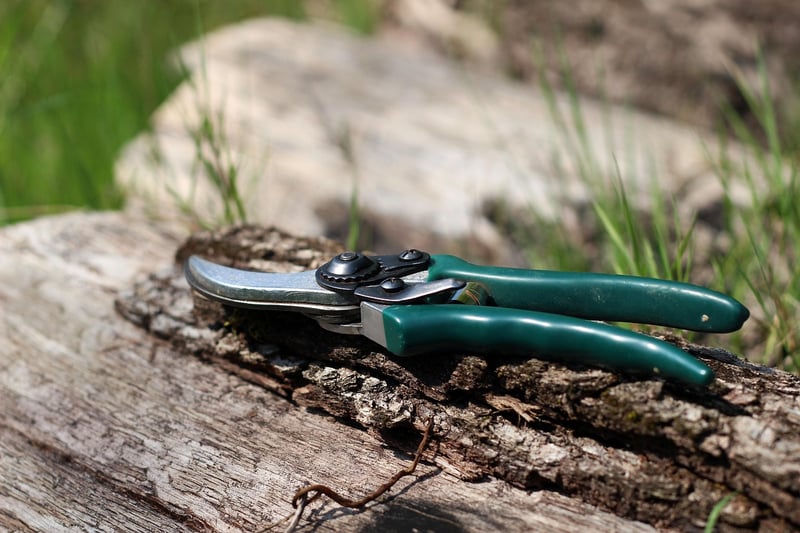Pruning Techniques
#Plant maintenance
#Light requirements
#Trimming
Keeping Plants Healthy and Thriving
The Importance of Pruning
Pruning is an essential gardening practice that not only enhances the appearance of plants but also promotes their overall health and growth. By removing dead or diseased branches, controlling size, and shaping plants, pruning helps maintain their vigor and vitality.
Benefits of Pruning
- Promotes plant growth by stimulating new shoots and branches.
- Improves air circulation and sunlight penetration, reducing the risk of diseases.
- Enhances the aesthetic appeal of plants by maintaining their shape and structure.
- Increases flower and fruit production by directing energy to productive parts of the plant.
- Prevents overcrowding, allowing for better nutrient absorption and growth.
Pruning Techniques
There are several pruning techniques that gardeners can use to keep their plants healthy and thriving:
- Deadheading: Removing spent flowers to encourage new blooms and prevent seed formation.
- Thinning: Removing entire branches to improve air circulation and reduce density.
- Heading Back: Cutting back to a lateral branch or bud to control the size and shape of the plant.
- Crown Pruning: Removing upper branches to allow more light to reach lower branches.
- Rejuvenation Pruning: Severe pruning to revitalize overgrown or neglected plants.
Conclusion
By incorporating proper pruning techniques into your gardening routine, you can ensure that your plants not only look beautiful but also thrive and flourish. Regular pruning promotes plant health, encourages growth, and ultimately leads to a more vibrant and productive garden.

For more gardening tips and advice, visit Gardener's Guide to Pruning.
